smart #1 vs Hyundai Inster - Diferencias y precios comparados
Costes y consumo
En términos de economía diaria, ambos modelos muestran contrastes interesantes.
Hyundai Inster tiene una ventaja convincente en precio: parte desde 24300 €, mientras que el smart #1 cuesta 37600 €. La diferencia es de unos 13310 €.
En consumo eléctrico, la ventaja es para el Hyundai Inster: con 14.30 kWh cada 100 km, es en pequeña medida más eficiente que el smart #1, que necesita 16.80 kWh. La diferencia ronda los 2.50 kWh.
En autonomía, el smart #1 ofrece un rendimiento un poco mejor: alcanza hasta 440 km, unos 70 km más que el Hyundai Inster.
Motor y rendimiento
Potencia, par motor y aceleración son las cifras clásicas para los amantes del motor – y aquí aparecen diferencias notables.
En cuanto a potencia, el smart #1 tiene una ventaja convincente: 428 HP frente a 115 HP. Eso supone un aumento de unos 313 HP CV.
En aceleración de 0 a 100 km/h, el smart #1 es convincente más rápido: completa el sprint en 3.90 s, frente a 10.60 s del Hyundai Inster. Es aproximadamente 6.70 s más veloz.
En velocidad máxima, el smart #1 es ligeramente superior – alcanza 180 km/h, mientras que el Hyundai Inster se queda en 150 km/h. La diferencia es de unos 30 km/h.
También hay diferencias en el par motor: el smart #1 empuja claro con 584 Nm frente a 147 Nm. La diferencia ronda los 437 Nm.
Espacio y practicidad
Más allá del rendimiento, el confort y el espacio interior son clave. Aquí se decide cuál es más práctico y versátil.
Plazas: el smart #1 ofrece en pequeña medida más asientos – 5 frente a 4.
En peso en vacío, el Hyundai Inster es distinto más ligero – 1380 kg frente a 1780 kg. La diferencia ronda los 400 kg.
En capacidad de maletero, el smart #1 ofrece un poco más espacio – 323 L frente a 280 L. La diferencia es de unos 43 L.
En capacidad máxima de carga, el Hyundai Inster es mínimo mejor – hasta 1059 L, unos 73 L más que el smart #1.
En capacidad de carga útil, el smart #1 evidente se impone – 470 kg frente a 357 kg. La diferencia es de unos 113 kg.
¿Quién es el ganador del duelo?
En general, el smart #1 se muestra deja pocas opciones al rival y se lleva el título de DriveDuel Champion.
Destaca por su equilibrio general y por ser el compañero más versátil en el día a día.
 @ smart Europe GmbH
@ smart Europe GmbH
smart #1
Costos y consumo
Ver análisis detallado
Motor y rendimiento
Ver análisis detallado
Dimensiones y carrocería
Ver análisis detallado
smart #1
El Smart #1 se presenta como un crossover urbano con encanto tecnológico, pensado para quienes quieren un coche práctico sin renunciar al estilo. Su interior cuida los detalles y la puesta a punto favorece la vida diaria, ideal para quien busca comodidad, personalidad y un toque de descaro en la ciudad.
detalles @ smart Europe GmbH
@ smart Europe GmbH
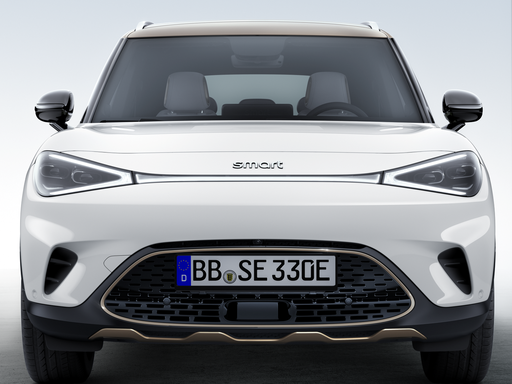 @ smart Europe GmbH
@ smart Europe GmbH
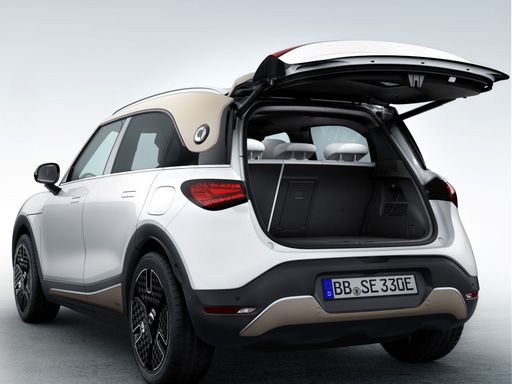 @ smart Europe GmbH
@ smart Europe GmbH
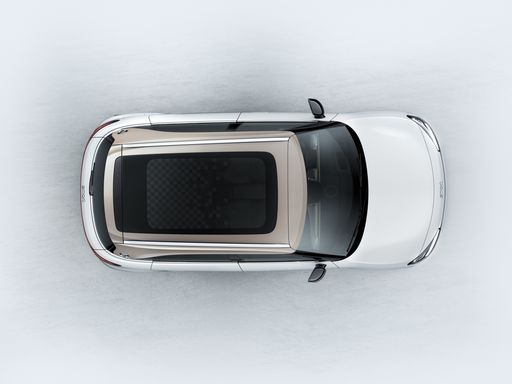 @ smart Europe GmbH
@ smart Europe GmbH
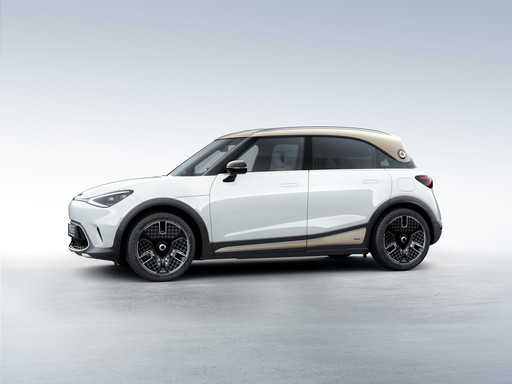 @ smart Europe GmbH
@ smart Europe GmbH
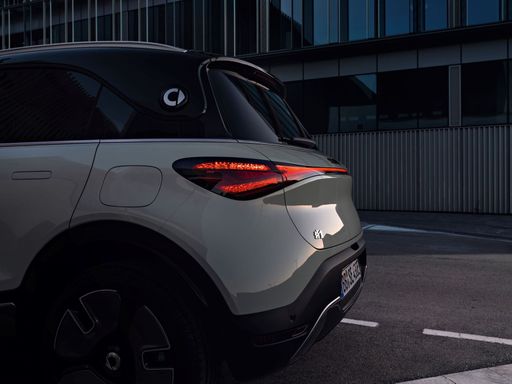 @ smart Europe GmbH
@ smart Europe GmbH
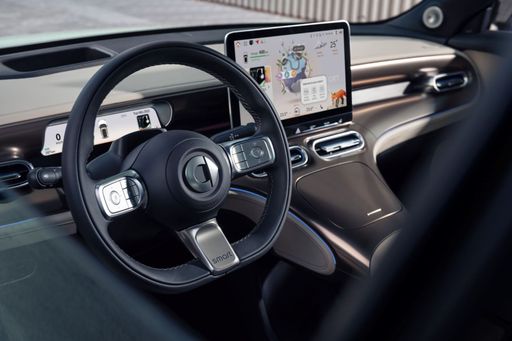 @ smart Europe GmbH
@ smart Europe GmbH
Hyundai Inster
El Hyundai Inster se presenta como un compacto moderno y práctico, pensado para quienes priorizan confort y versatilidad sin complicaciones. Con un diseño pulido y detalles bien resueltos, es una opción inteligente para familias urbanas y conductores que quieren un coche cómodo y con carácter —sin necesidad de hacer malabares para aparcar—.
detalles @ Hyundai Motor Company
@ Hyundai Motor Company
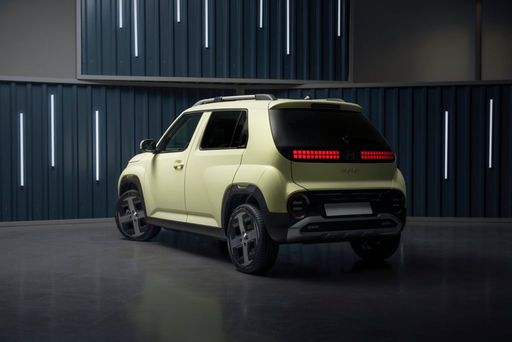 @ Hyundai Motor Company
@ Hyundai Motor Company
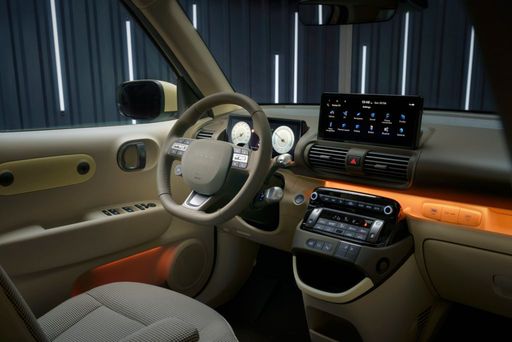 @ Hyundai Motor Company
@ Hyundai Motor Company
 @ smart Europe GmbH
@ smart Europe GmbH
|
 @ Hyundai Motor Company
@ Hyundai Motor Company
|
|
|
|
Costos y consumo |
|
|---|---|
|
Precio
37600 - 53400 €
|
Precio
24300 - 30600 €
|
|
Consumo L/100km
-
|
Consumo L/100km
-
|
|
Consumo kWh/100km
16.8 - 18.2 kWh
|
Consumo kWh/100km
14.3 - 15.1 kWh
|
|
Autonomía eléctrica
310 - 440 km
|
Autonomía eléctrica
327 - 370 km
|
|
Capacidad de la batería
47 - 62 kWh
|
Capacidad de la batería
42 - 49 kWh
|
|
co2
0 g/km
|
co2
0 g/km
|
|
Capacidad del tanque
-
|
Capacidad del tanque
-
|
Dimensiones y carrocería |
|
|---|---|
|
Tipo de carrocería
SUV
|
Tipo de carrocería
SUV
|
|
Asientos
5
|
Asientos
4
|
|
Puertas
5
|
Puertas
5
|
|
Peso en vacío
1780 - 1900 kg
|
Peso en vacío
1380 - 1433 kg
|
|
Capacidad del maletero
313 - 323 L
|
Capacidad del maletero
238 - 280 L
|
|
Longitud
4270 - 4300 mm
|
Longitud
3825 - 3845 mm
|
|
Anchura
1822 mm
|
Anchura
1610 mm
|
|
Altura
1636 mm
|
Altura
1575 - 1610 mm
|
|
Capacidad máxima del maletero
976 - 986 L
|
Capacidad máxima del maletero
1059 L
|
|
Capacidad de carga
425 - 470 kg
|
Capacidad de carga
317 - 357 kg
|
Motor y rendimiento |
|
|---|---|
|
Tipo de motor
Eléctrico
|
Tipo de motor
Eléctrico
|
|
Transmisión
Automática
|
Transmisión
Automática
|
|
Detalle de transmisión
Caja de reducción
|
Detalle de transmisión
Caja de reducción
|
|
Tipo de tracción
Tracción trasera, Tracción total
|
Tipo de tracción
Tracción delantera
|
|
Potencia HP
272 - 428 HP
|
Potencia HP
97 - 115 HP
|
|
Aceleración 0-100km/h
3.9 - 6.7 s
|
Aceleración 0-100km/h
10.6 - 11.7 s
|
|
Velocidad máxima
180 km/h
|
Velocidad máxima
140 - 150 km/h
|
|
Par motor
343 - 584 Nm
|
Par motor
147 Nm
|
|
Número de cilindros
-
|
Número de cilindros
-
|
|
Potencia kW
200 - 315 kW
|
Potencia kW
71 - 85 kW
|
|
Cilindrada
-
|
Cilindrada
-
|
General |
|
|---|---|
|
Año del modelo
2023 - 2024
|
Año del modelo
2025
|
|
Clase de eficiencia de CO2
A
|
Clase de eficiencia de CO2
A
|
|
Marca
smart
|
Marca
Hyundai
|
¿Qué opciones de tracción tiene el smart #1?
Disponible con Tracción trasera o Tracción total.
Los precios y datos mostrados son estimaciones basadas en los precios de lista en Alemania y pueden variar según el país. Esta información no es legalmente vinculante.
